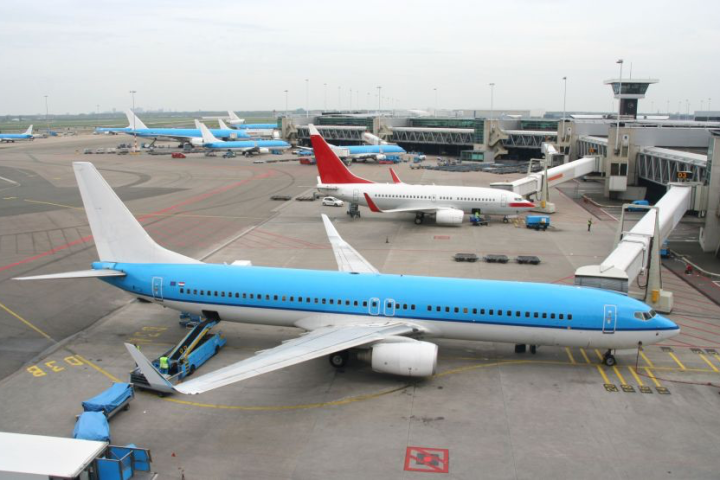
In order to test the technique, researchers set up speakers and amplifiers around a Virgnia airfield. For the first four weeks of the trial, during which there was no ambient noise turned on, they observed an abundance of birds in and around the airfield. But for the last four weeks of the trial, they activated the sonic net by generating ambient noise at a volume level comparable to a busy restaurant. Results from the trial showed that the number of birds in the areas covered by the sonic net decreased when it was activated, particularly in the case of high-risk species like starlings.
In the past, technologies to curtail bird strikes have been limited outside bird-proofing airplanes themselves. Many options involve killing at-risk birds, scaring them off, or relocating them completely, none of which are animal-friendly techniques and most of which are ineffective solutions. Bird strikes cost as much as $937 million annually in the United States alone. Between 1988 and 2013, bird strikes were responsible for 255 deaths, and have done immeasurable damage to the populations of migratory birds.
Without doing any damage to the bird populations, the sonic net technique makes it difficult for birds to hear each other. The ambient noise is about as loud as the predatory noises that birds are trained by evolution to heed, so without a clear shot at hearing those warning signs, birds are uncomfortable.
“The birds don’t like it and leave the area around the airfields, where there is potential for tremendous damage and loss of life,” said John Swaddle, the University of Exeter research associate who led the study. In the future, the bird-deterring system could even be used to clear other areas where migratory species are at immediate risk, like solar farms and wind turbine fields.


